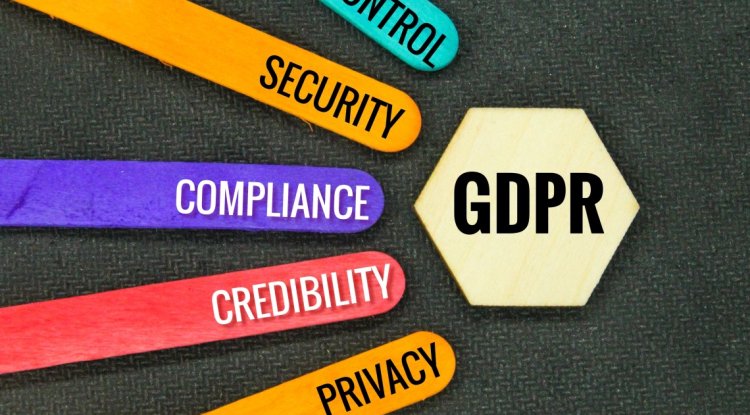The Impact of Transparent Data Usage on User Privacy and Trust
Explore how transparent data usage affects user privacy and builds trust. Discover insights, a real-world case study, and expert analysis on this crucial aspect of digital privacy.

In an increasingly digital world, data has become a cornerstone of numerous industries, powering insights, personalization, and innovation. However, as the collection and utilization of data grow, concerns about user privacy and trust have taken center stage. The concept of transparent data usage has emerged as a vital solution to address these concerns, ensuring that user data is treated responsibly while fostering trust between consumers and organizations.
Understanding Transparent Data Usage
Transparent data usage refers to the practice of openly communicating how user data is collected, processed, and utilized by organizations. It involves providing clear information about the types of data collected, the purposes for which it is used, and the security measures in place to protect it. This transparency empowers users to make informed decisions about sharing their data and builds a sense of control over their digital footprint.
The Crucial Link Between Transparency and Trust
Transparency in data usage directly influences user trust. When individuals understand how their data is handled and how it contributes to personalized experiences or services, they are more likely to feel comfortable sharing it. This, in turn, leads to stronger customer relationships, increased user engagement, and a positive brand image. Organizations that prioritize transparent data practices not only comply with regulations but also create a competitive advantage by establishing themselves as responsible stewards of user information.
Realizing the Impact: A Case Study
Consider the case of a prominent social media platform that revamped its data usage policies to be more transparent. They introduced user-friendly interfaces that allowed individuals to easily access and manage their data preferences. Additionally, the platform implemented granular controls, enabling users to choose the types of data they were comfortable sharing. As a result, user trust in the platform's data handling increased, leading to higher user engagement and a significant reduction in data-related complaints.
Navigating Challenges and Benefits
While transparent data usage offers substantial benefits, implementing it comes with challenges. Organizations must strike a balance between providing adequate information and overwhelming users with complex details. Clear communication, user-friendly interfaces, and education are key to overcoming these challenges. The benefits, however, are substantial. Apart from enhancing trust, transparent data practices can lead to improved data accuracy, better decision-making, and increased compliance with data protection regulations.
Conclusion
In an era where data is a driving force behind digital interactions, prioritizing transparent data usage is not only ethically imperative but also strategically advantageous. By placing user privacy at the forefront and fostering trust through clear communication and responsible data practices, organizations can forge stronger connections with their audiences and establish themselves as leaders in the digital landscape.
About Myself:
I am Raghav Chugh, a digital marketing and technology professional with a passion for ethical and effective advertising. With over a decade of experience, I've honed my skills in crafting persuasive campaigns while upholding authenticity. My journey includes successful collaborations with diverse clients, navigating the ever-evolving landscape of advertising with integrity.
Connect with me on LinkedIn for insights into ethical advertising practices and to explore the intersection of technology and marketing.
What's Your Reaction?




















